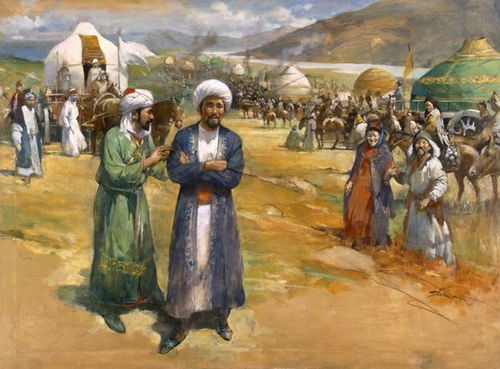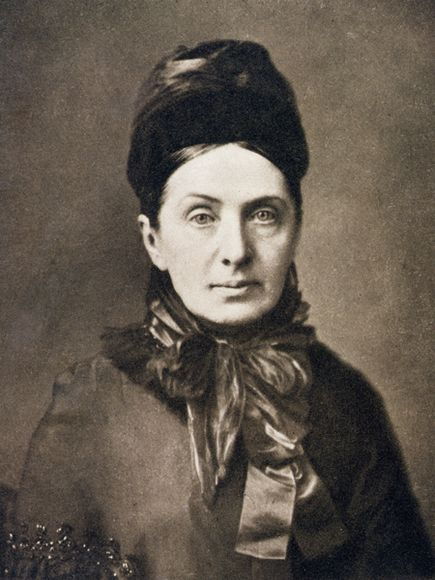- Учителю
- Разработка урока 'Знаменитые путешественники' для 9 класса
Разработка урока 'Знаменитые путешественники' для 9 класса

Thomas Jefferson (1743-1826)
America's third President was in many ways its premier traveler. His European peregrinations took him to England, France, Holland, Germany, and Italy, destinations he studied for their classical foundations, cultural wealth, and viticultural output.
To Jefferson, wine was a window to the world, and he was a proponent of the vine for reasons that extended far beyond the dinner table. As the nation's wine consultant, Jefferson transformed his Dionysian curiosities into a transatlantic economic cause by advocating for opening important wine-trade channels from France, Italy, Portugal, and Spain. He returned to the United States with vine cuttings that he planted at Monticello and emerged as America's ultimate oenophile (if not its most successful grower).
Jefferson's travel missions were hardly limited to the bottle-while abroad, he researched law, government, history, architecture, agriculture, literature, music, and the sciences, among other areas-but one of the Renaissance man's most spirited legacies is his global passion for the grape.
Isabella Lucy Bird (1831-1904)
"The Vale of Kashmir is too well known to require description," writes 19th-century English adventuress Isabella Lucy Bird in her travel narrative Among the Tibetans. That such a statement could be made in 1894-let alone in the present day-is testament to the long reach of the greatest Victorian lady traveler. While the British Empire swept across continents, Bird migrated to far-flung places, many of which barely register on a traveler's radar even today. She documented her journeys in detailed books with matter-of-fact titles such as Six Months in the Sandwich Islands (1875), A Lady's Life in the Rocky Mountains (1879), Unbeaten Tracks in Japan (1880), and Korea and Her Neighbors (1898). In recognition of her round-the-world peregrinations, Bird was inducted as the first woman Fellow of the Royal Geographic Society in 1882.
At times, it seems as if Bird were on a one-woman mission to increase global tourism. Born to a worldly Anglican minister, the sharp-witted young writer suffered from depression, insomnia, and a spinal tumor as a child. In 1854, upon a doctor's recommendation, Bird's father gave her a hundred pounds and his blessing to travel as long as the money lasted. She spent the next six months in North America, a journey she documented in her first book, The Englishwoman in America (1856). From then on, she was wedded to the road, and her travels included Canada, Scotland, Australia, Hawaii, the Rockies, Japan, China, Vietnam, Singapore, Malaysia, India, Tibet, Persia, Kurdistan, Turkey, Iran, and Morocco. Bird forded raging rivers on horseback, endured deadly heat and frigid cold, ascended mountains, crossed deserts, slept anywhere she could, engaged with the locals, and recorded geographical, cultural, political, and social details that have added to our knowledge of the world. Bird even ventured into matrimony, at age 49; her husband noted that he had "only one formidable rival in Isabella's heart, and that is the high Table Land of Central Asia." Bird lectured, wrote, and traveled nearly to the end of her life, spending six months on horseback riding through Morocco's Atlas Mountains in 1900. When she died at 73, she was planning a return trip to China.
 Ibn Battuta (1304-1369)
Ibn Battuta (1304-1369)
In 14th-century Islamic North Africa, travel-especially in search of wisdom-was nearly a religious dictate. Ibn Battuta, a 21-year-old Muslim scholar from Morocco, took literally the Prophet Muhammad's charge to "seek knowledge, even as far as China" when he set out from Tangier to perform his first hajj in Mecca. The journey didn't end there. Over the next three decades, Battuta's pilgrimage grew into a tour that would cover more than 40 countries on a modern map-from northern Africa to Egypt, the Middle East, East Africa, Anatolia, India, Southeast and East Asia, and China.
Battuta's journey is one of devotion fueled by wanderlust, and the narrative he left behind, dictated from memory to a writer, is more than a guide to the Islamic world in the Middle Ages; it's a dizzying oral history of three decades on the road, a tale of geography, natural history, politics, religion, people (some 2,000 are mentioned), and personal reflection. Rihla (or "The Journey"), as his story is known, is better summarized by its original long title: A Gift to Those Who Contemplate the Wonders of Cities and the Marvels of Traveling.
"Swayed by an overmastering impulse within me, and a long-cherished desire to visit those glorious sanctuaries, I resolved to quit all my friends and tear myself away from my home," Battuta notes at the start of his adventure. He embarked just a year after the death of Venetian merchant Marco Polo (1254-1324), whose celebrated 24-year Silk Road journey took him beyond Mongolia to China, where he connected with the great Kublai Khan. By the time Polo returned to Venice, he was the protagonist of a timeless tale; Polo's last words-"I have only told the half of what I saw!"-ring true to travelers today. But Battuta's journeys were even more extensive, and his adventures reveal the marvels of tourism.
